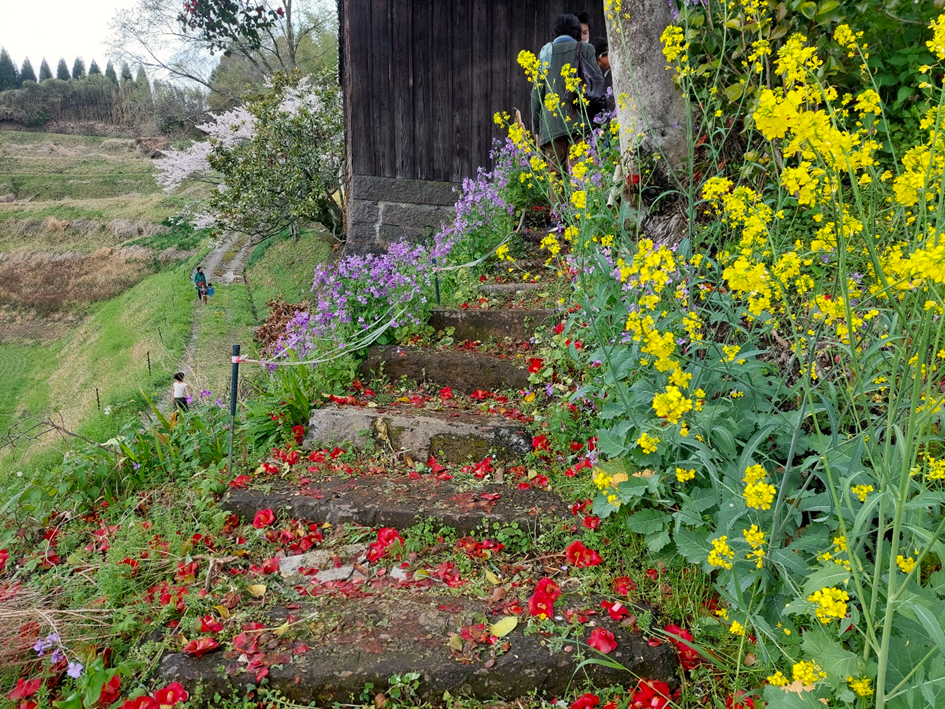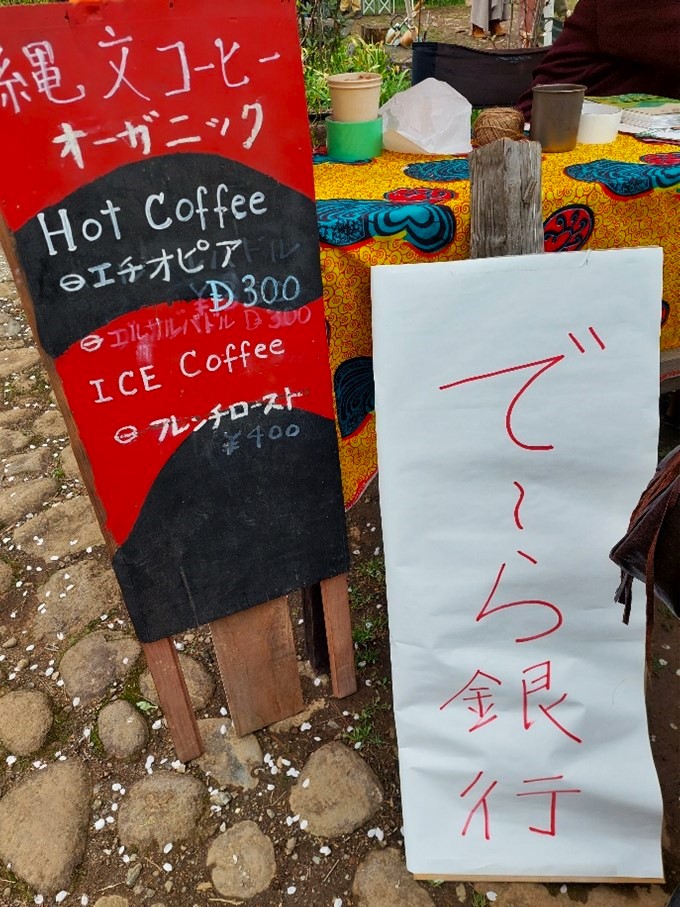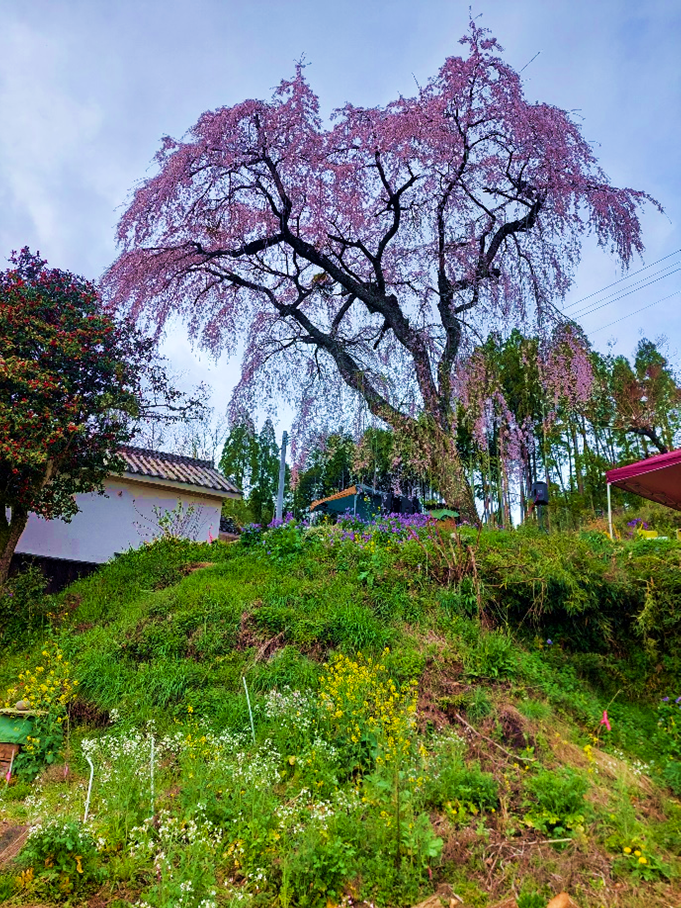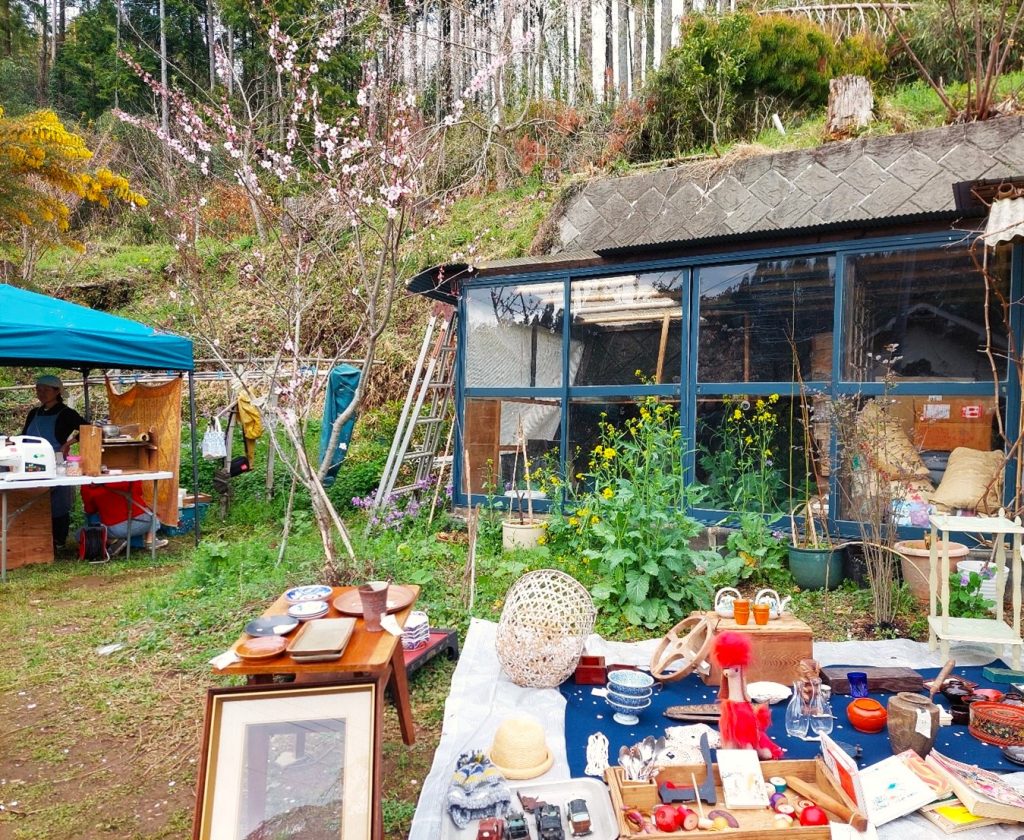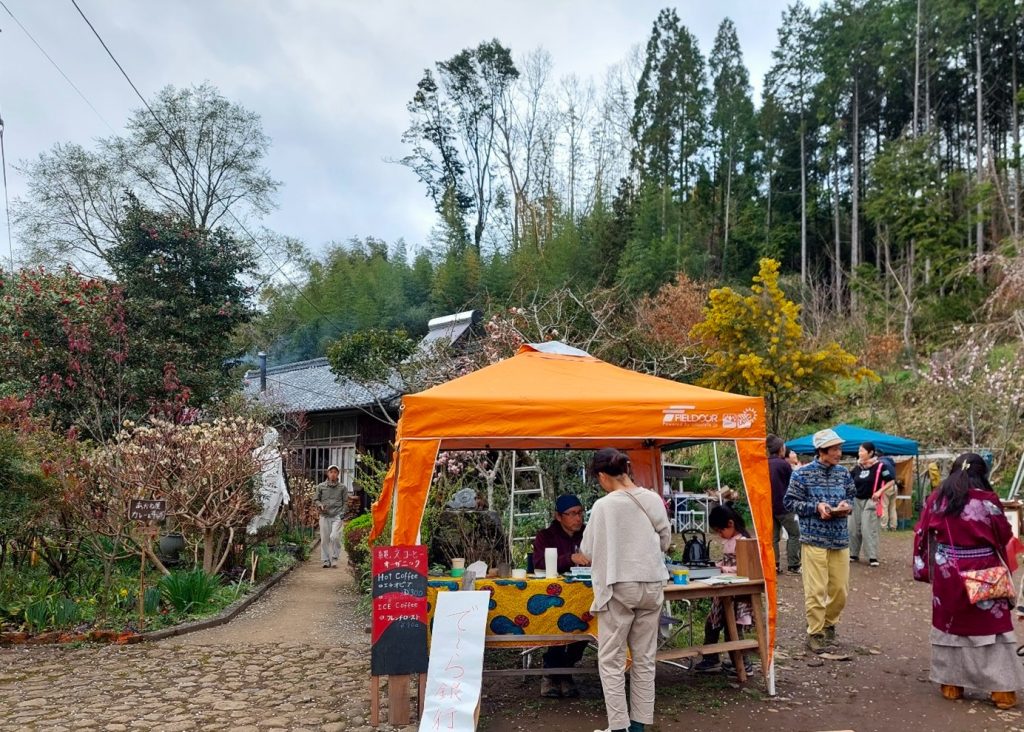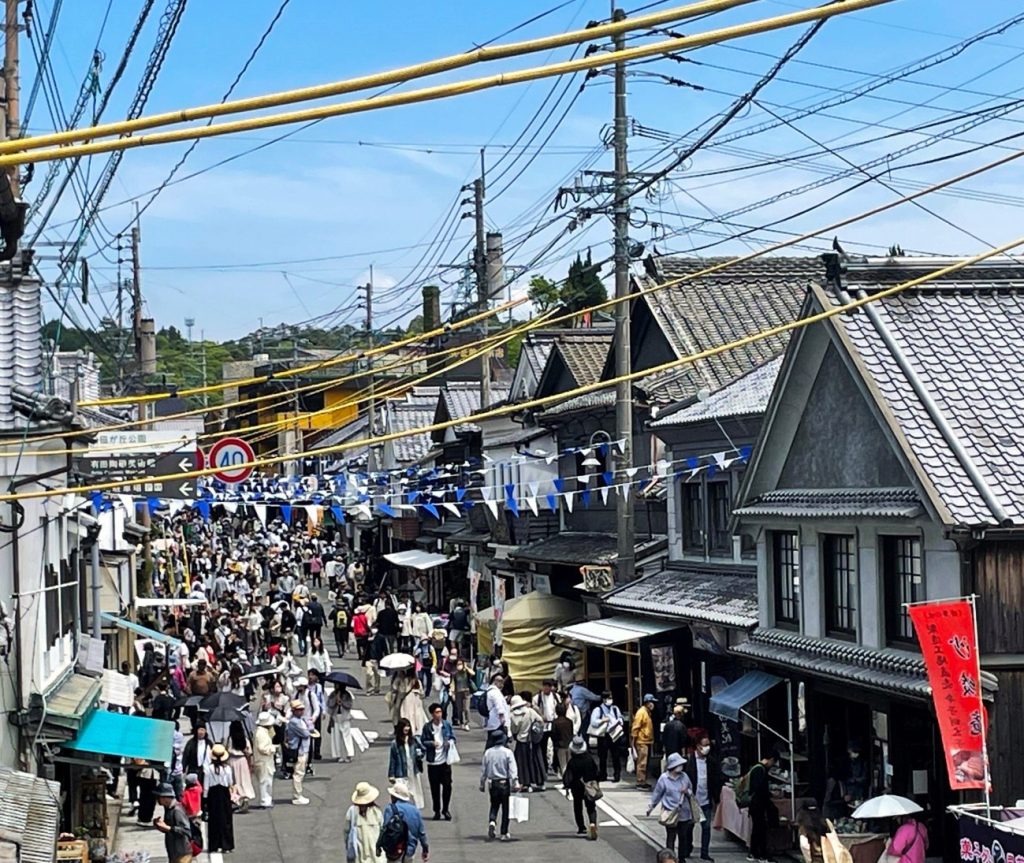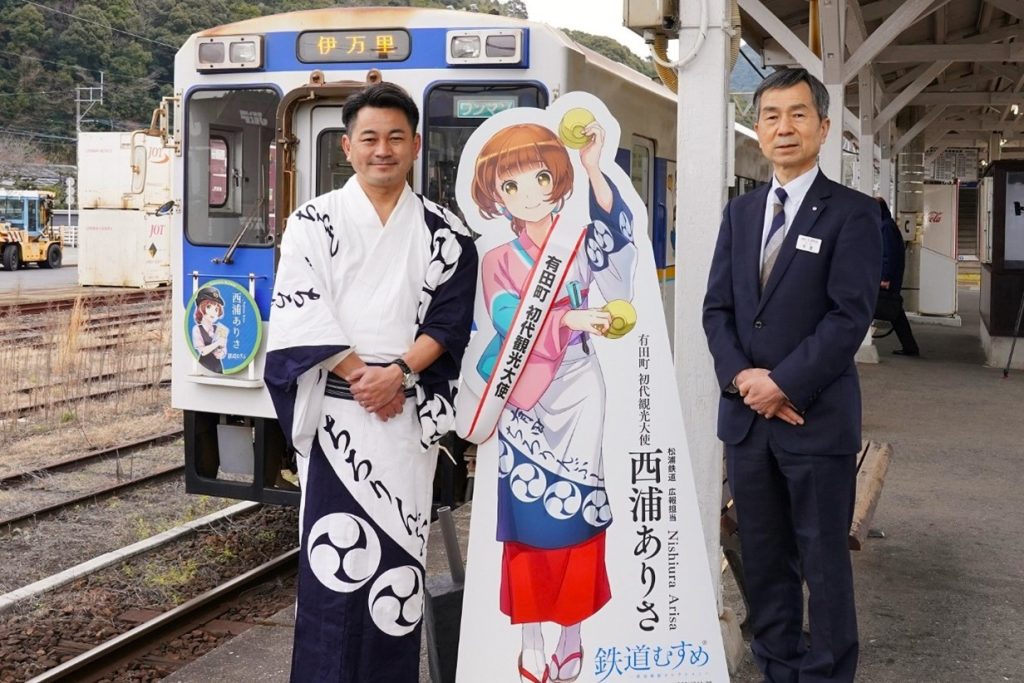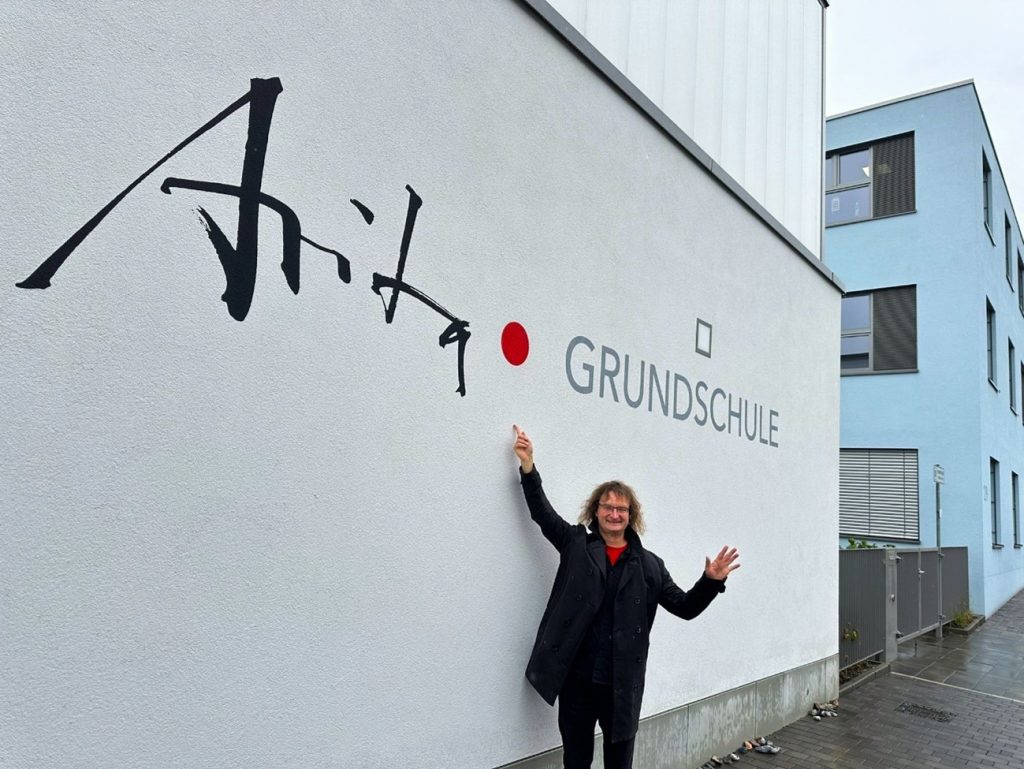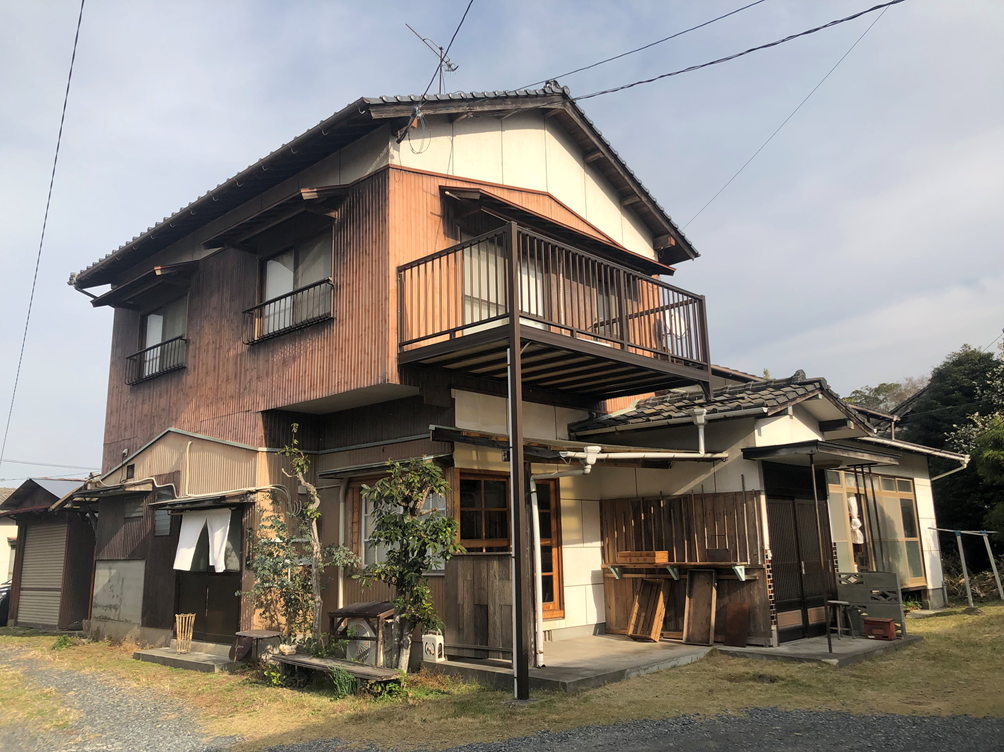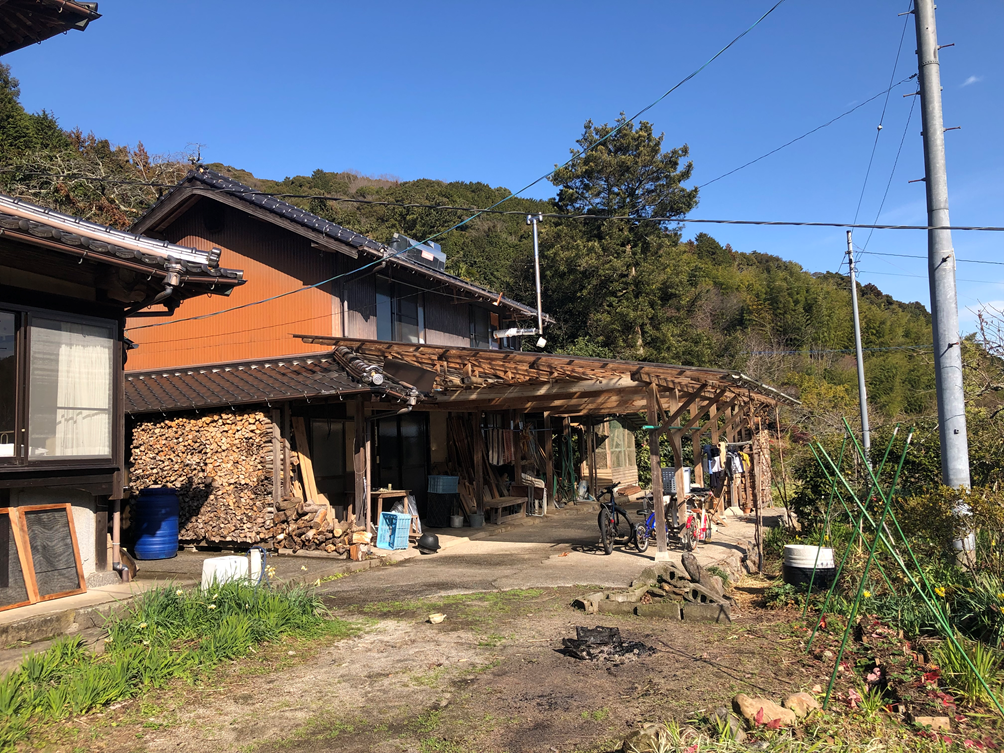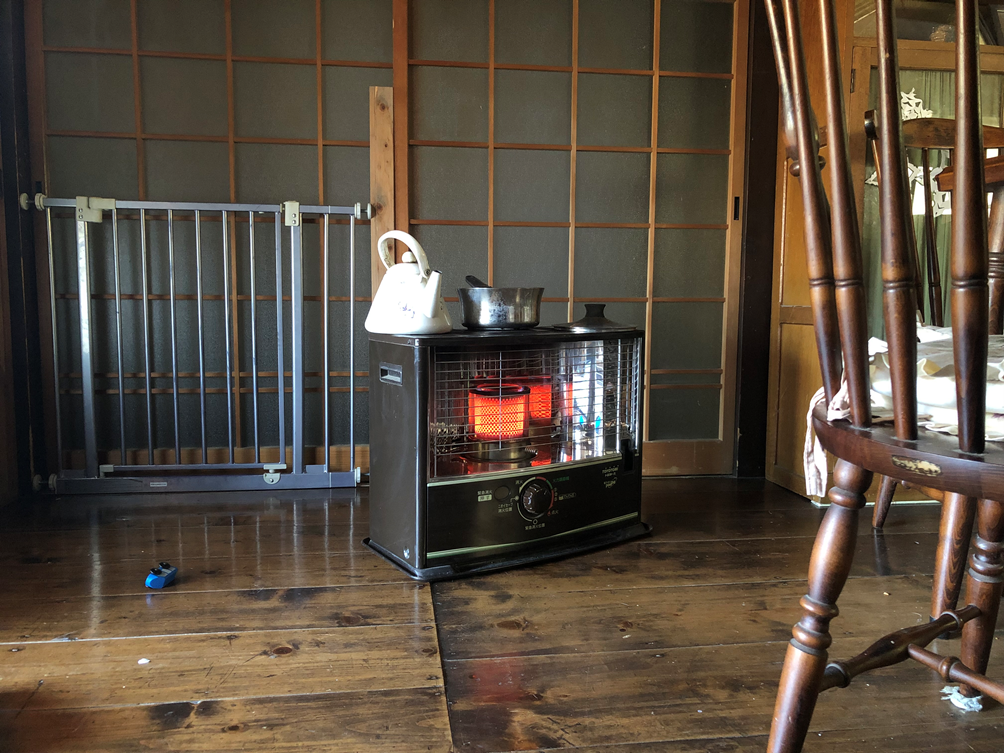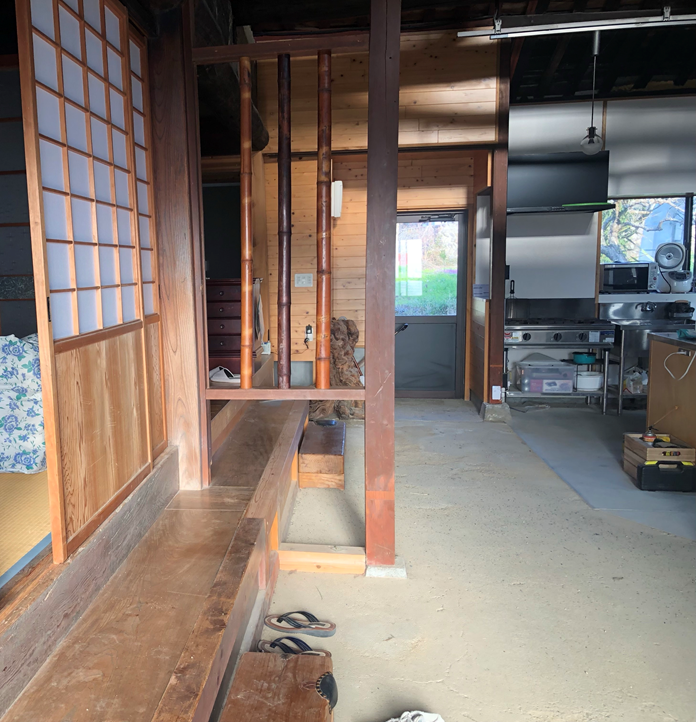by Lynn Ng
“Leave no one behind” is the central theme of the United Nations’ pledge towards sustainable development, and it is also one of the four pillars of Japan’s Digital Garden City Strategy [1] to integrate digital technologies into rural regions. Digital technologies are a double-edged sword: they can connect communities, people and urban and rural areas while excluding others, whether due to infrastructural inequality or social disparities.
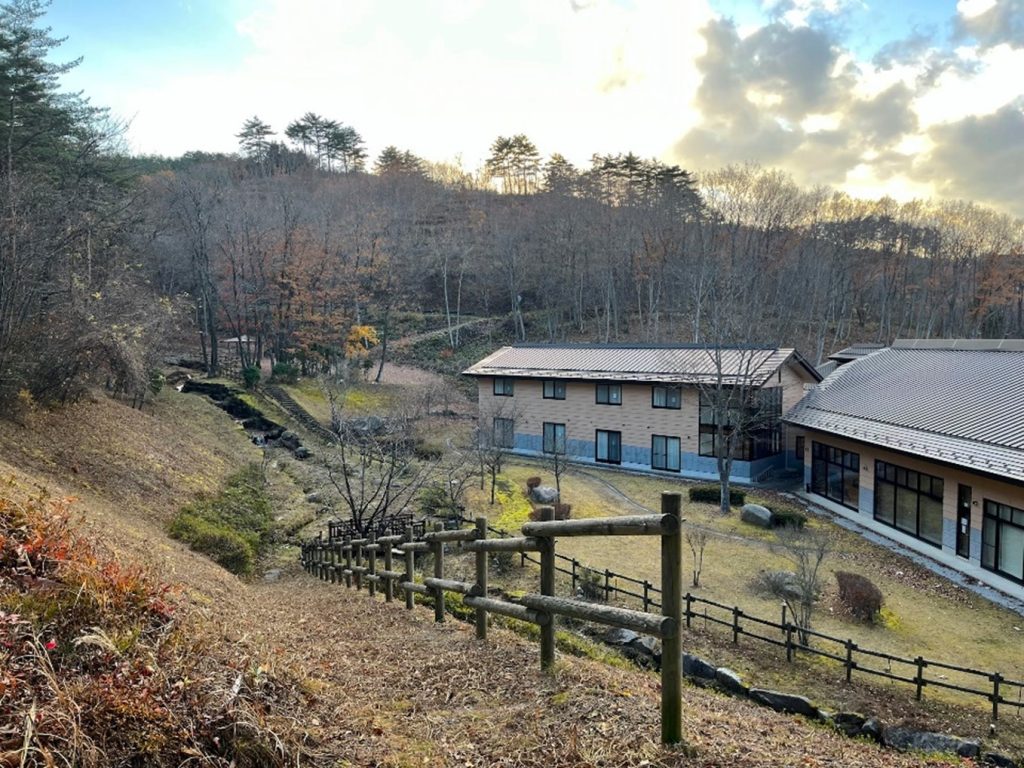
Copyright © Lynn Ng 2022
In Professor Reiher’s “Digitalization in Japan” course, we discussed the changes in Japan’s technological space and their impact on the country’s gender and labor spheres. Sometimes I feel encouraged when I read about the progress of digitalization strategies, and other times the reading reminds me of the numerous hurdles that hinder Japan’s progress as a technological country that “leaves no one behind.” For example, while in class we discussed the rise of digital platforms that allow women to work from home, we also explored the social structures that make their digital work invisible [2]. Later, we also read about how global digital transformation is gaining academic traction in rural areas and how rural communities can benefit from digitalization [3, 4], only to subsequently discuss the scale and applicability of many rural digitalization projects beyond individual case studies.
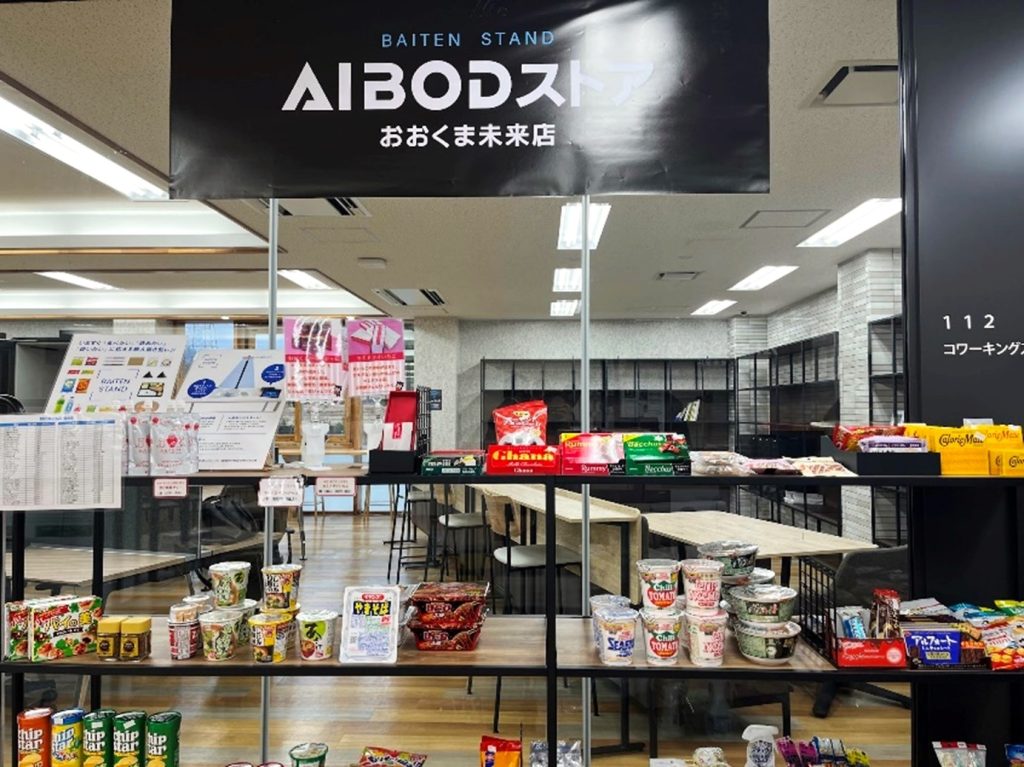
Copyright © Lynn Ng 2023
But I often remember the vast disparity in digital accessibility between communities I experienced during my fieldwork in Fukushima. In my previous blogpost,I wrote about the strong consumption of new digital technologies across Fukushima prefecture after the triple disaster in 2011. Yet, in that writing, unknowingly, I myself had already “left behind” the communities in the same prefecture where I spent a whole week without a single phone signal in 2022.Ironically, I also wrote a post about that experience for this blog. Thus, despite the central government’s vision to realize a society where “no one is left behind” regardless of geographical limitations, age gender or disability, such is the reality of Japan’s digitalization attempts across its regions: Certain communities in Fukushima prefecture, such as Okuma would be developing zero-carbon technologies and unmanned stores, while a community of a similar size just a little over a 30-minute drive into the mountains would lack basic telecommunications infrastructures.

Copyright © Lynn Ng 2022
As I now prepare for my return to the field in February, I am both anxious and excited to visit these places again. But I carry a deep hope that the inequality I experienced in the digitization processes has lessened even a little. And I’m curious to find out if the newly launched Digital Garden Cities strategy has spawned new projects at the local level in Fukushima to tackle the digital divide in Japan’s rural areas.
References:
[1] JapanGOV. (2022). Vision for a Digital Garden City Nation: Achieving Rural-Urban Digital Integration and Transformation. Retrieved online: https://www.japan.go.jp/kizuna/2022/01/vision_for_a_digital_garden_city_nation.html
[2] Lukács, Gabriella (2020). Invisibility by Design: Women and Labor in Japan’s Digital Economy. Durham and London: Duke University Press.
[3] Stein, Veronika, Pentzold, Christian, Peter, Sarah and Sterly, Simone (2022). “Digitalization and Civic Participation in Rural Areas: A Systematic Review of Scientific Journals, 2010-2020”. Raumforschung und Raumordnung 80(3), p. 251–265.
[4] Rutihinda, Cranmer (2020). “The Role of Digital Entrepreneurial Platforms and Bricolage Entrepreneurial Processes in Rural Transformation”. Journal of Emerging Trends in Marketing and Management 1(1), p. 220–230.

